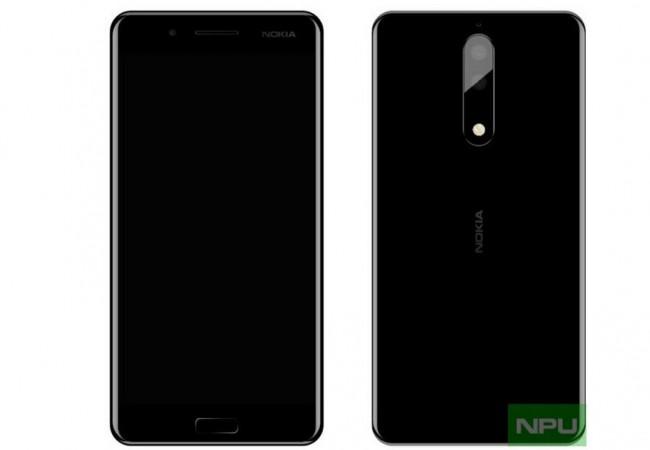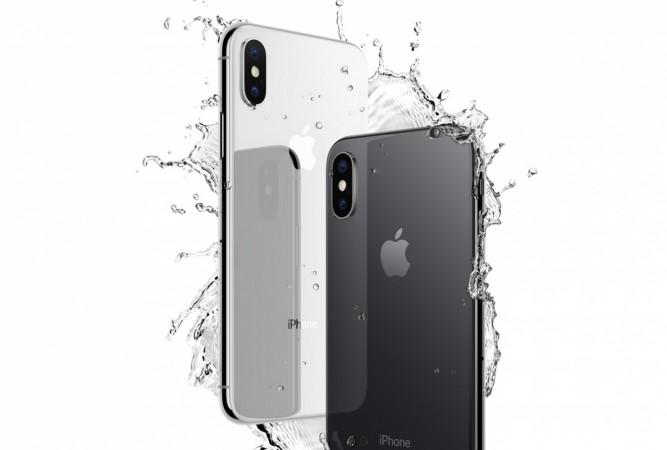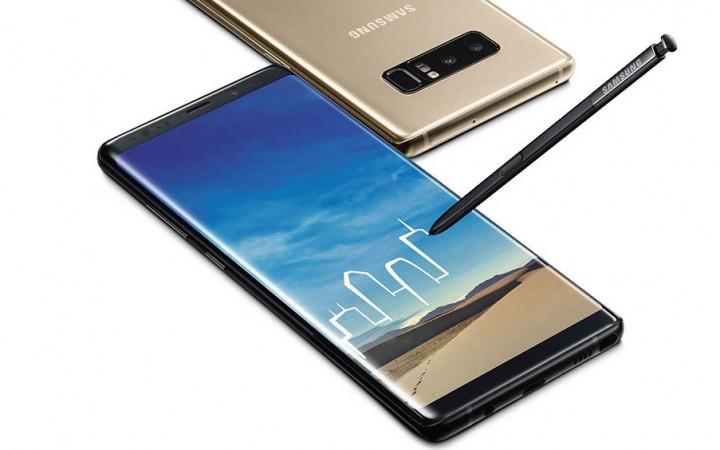After releasing Nokia 3, Nokia 5, Nokia 6 and Nokia 8, HMD Global appears to be planning to launch its flagship, the Nokia 9. The Finnish company is tight-lipped on its premium handset but leaks have suggested its impressive specifications coupled with aggressive pricing couple pose a danger to flagships from other OEMs (Original Equipment Manufacturers), including Apple's iPhone X and Samsung Galaxy Note 8.
Nothing much has been known about the Nokia 9 but reports have claimed that it could be released in 2018. Images of the purported handset have also been leaked, giving a hint that it could arrive earlier than expected.
According to reports, the Nokia 9 will sport a 5.5-inch QHD OLED display with 1,440x2,560 screen resolution, powered by a Qualcomm Snapdragon 835 or Snapdragon 845 processor, and run Android Nougat operating system. It is also expected to feature a 6GB/8GB RAM, a 64GB/128GB internal memory (with microSD card slot), a dual 22MP main camera with Carl Zeiss optics, a 12MP front-snapper, and a 3,800mAh battery with Quick Charge 4.0 support.

Reports have also claimed that it will be priced around $699, which is way cheaper than the iPhone X (priced between $999 and $1149) and the Galaxy Note 8 (price starts at $930). Looking at the speculated specifications and pricing, it appears like it will give flagships from other smartphone makers a run for their money.

It may be mentioned that Apple's iPhone X features a 5.8-inch super Retina HD OLED bezel-less edge-to-edge curved screen with 2,436x1,125 pixels (458 ppi pixel density), an A11 Bionic chip with neural engine+ Embedded M11 motion coprocessor, and an iOS 11 with improved Siri voice assistant. It also has a 3GB RAM (not confirmed), a 64GB/256GB storage (without microSD card slot), and a built-in rechargeable lithium-ion battery with wireless charging (works with Qi chargers) and fast charge features, and talk-time up to 21 hours and internet use up to 12 hours.
In terms of camera, it mounts a dual 12MP wide-angle (f/1.8 aperture) + telephoto (f/2.4 aperture) cameras with dual- Optical Image Stabilisation (OIS), 2x optical zoom and quad-LED (dual tone) flash, and a 7MP TrueDepth front-snapper with f/2.2 aperture, Retina Flash, Wide colour capture for photos and Live Photos.

On the other hand, the Galaxy Note 8 sports a 6.3-inch Quad HD Super AMOLED screen with 2,960x1,440 pixels (521ppi pixel density), powered by an Exynos 8895 Octa processor (for EMEA) / Qualcomm Snapdragon 835 (for USA and China), and runs Android 7.1.1 Nougat operating system (upgradable to Android 8.0 Oreo). It also has a 6GB RAM, a 64GB/128GB/256GB storage (with microSD card slot), and a 3,300mAh battery with wireless charging compatible with WPC and PMAFast charging technology (QC 2.0).
In terms of camera, the flagship has dual 12MP main cameras, one with 26mm lens, f/1.7 aperture, PDAF, OIS, autofocus, 2x optical zoom and dual-LED (dual tone) flash and the other with a 52mm lens, f/2.4 aperture, AF, OIS, autofocus, 2x optical zoom and dual-LED (dual tone) flash, and an 8MP front-snapper with f/1.7 aperture, autofocus, 1/3.6" sensor size and 1.22 µm pixel size.









